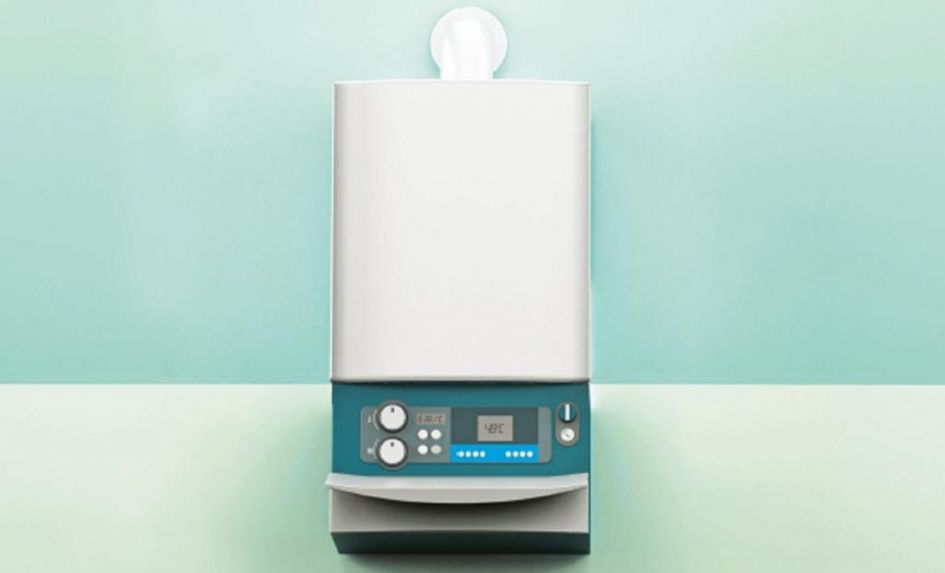Continued hikes in energy and building maintenance costs have made it a challenge for schools to keep their buildings warm while reigning in their expenditure.
A better understanding of your buildings’ energy consumption and scope for efficiency improvements can be had via ESPO’s Framework 343 – Energy Performance of Buildings. The services covered by this framework can provide schools with both a Display Energy Certificate and a 10-year plan for improving their buildings’ overall energy efficiency.
The latter is hugely important. Heat naturally radiates from warm to cold areas, resulting in a loss of heat and energy; the more heat that escapes, the higher your utility bills will be.
Schools have long been advised of simple energy saving strategies, such as reducing building temperatures by 1˚C to save 5-10% off their annual utility bills, only heating buildings when needed and regularly reviewing their utility costs. Beyond that, however, there’s more that schools can do to reduce their costs during colder months:
Short-term – savings within 3 years
- Install a smart heating system that will give you more control over how your utilities are operated. This added functionality can include the ability to set optimum start/stop times, fine tune thermostats, establish different temperature zones and automatically compensate for the weather outside.
- Display signs around the school that encourage energy efficiency with messages about, for example, powering down computers overnight and turning off lights when areas aren’t in use.
- Fit energy meters to highlight where and when energy is being used the most – especially around catering equipment, large ovens, dishwashers, lifts and pools.
- Seal gaps, holes, cracks and any other openings in your buildings that will allow heated air to escape
Medium-term – savings within 3 to 7 years
- Review your roof insulation. The most effective type will depend on your needs – insulation for pitched and flat roofs, for example, is available in many different forms, such as blanket, fibre, spray and sheet and more besides.
- Check the level of insulation in your windows and walls, where you’ll find a similarly wide range of solutions available. These include glazing specifically designed for energy efficiency, as well as different forms of cavity and solid wall insulation. Long Term – savings after 7 years
- If a mains gas supply is available in your area, try getting your school connected to it – you’ll pay less for your heating in the long term compared to coal, oil and liquefied petroleum gas supplies. Further details can be found in ESPO Framework 192 – Mains Gas.
- If you are already on mains gas but wish to make the jump to more renewable technologies, consider changing your system to a biomass boiler, a combined heating and power system, an air source heat pump or a ground source heat pump.
- Consider supplementing your existing system with a photovoltaic panel system for producing electricity from your roof. Assistance with this can be obtained through ESPO Framework 2838 – Renewable Energy Solutions (Microgeneration).
Laura Southwood is Assistant Procurement Officer at the professional buying organisation ESPO; additional input by Ashley Crawford, managing director of Complete Certification (cc-ltd.co).










